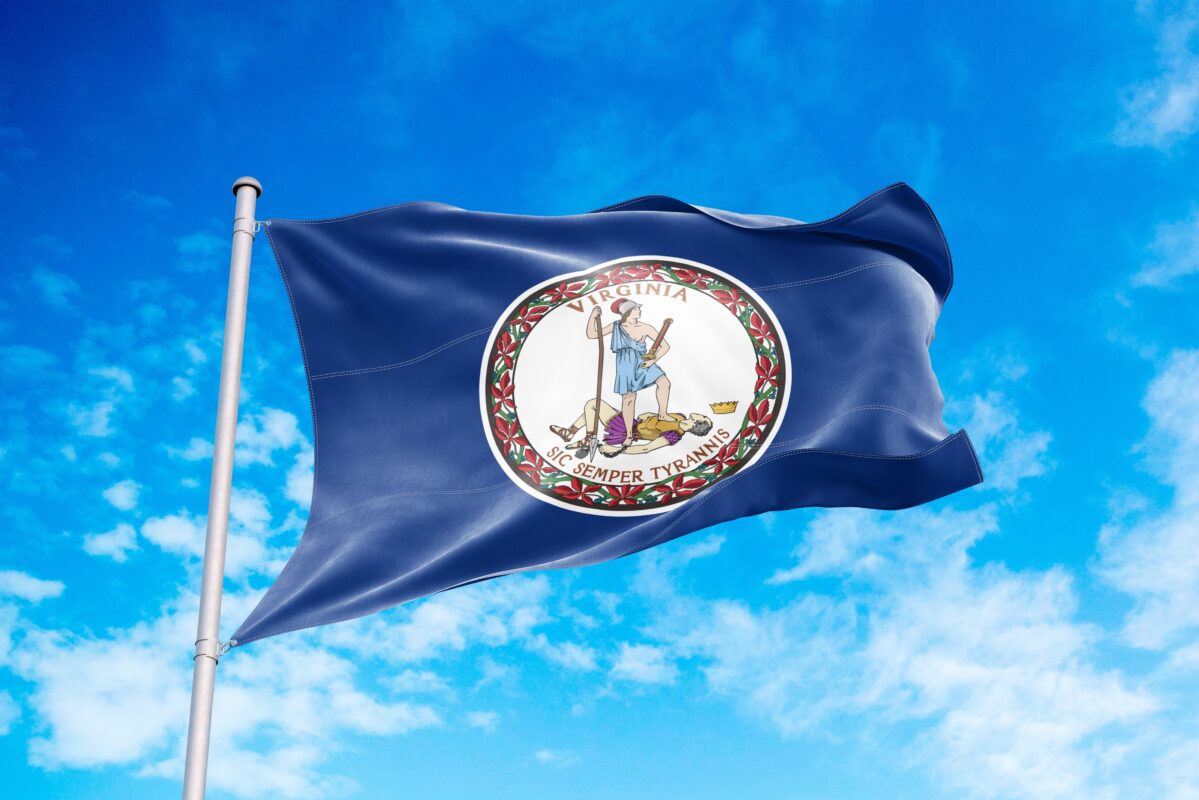Interesting research led by audiologist Ali Danesh, PhD, at Florida Atlantic University (FAU) helped develop a novel, proof-of-concept tool to help identify nystagmus using a smartphone. This tool utilizes deep learning artificial intelligence (AI) to analyze eye movements in real time. Patients record their eye movements with their smartphone and upload their tracings to a secure system, which allows vestibular experts to analyze findings.
A pilot study involving 20 participants showed this tool to be equally as accurate as a clinician in identifying nystagmus. In addition to this research, a related study led by Harshal Sanghvi, PhD, utilizes a wearable headset with deep-learning AI capabilities to analyze nystagmus in real time. Both of the tools studied by Drs. Danesh and Sanghvi may help streamline patient flow, make the clinical experience more efficient, and help with better diagnostics through telehealth.
Reference
Galoustian, G. (2025). ‘Eye’ on health: AI detects dizziness and balance disorders remotely. Florida Atlantic University.
Recent Posts
Academy Files Rulemaking Petition to Restore ABA Language in VA Regulations
Earlier last year, the Virginia Board of Audiology and Speech-Language Pathology finalized regulatory changes intended to streamline licensure by removing direct ties between certification and…
Congress Needs to Hear From Audiologists on Student Loan Access
The Professional Student Degree Act, H.R. 6718, introduced by Representative Michael Lawler (R-NY), was introduced in mid-December. This bill reaffirms audiology’s status as a professional…
Why Wild Animals Don’t Have Floppy Ears
In 1959, a scientist began a domestication experiment with silver foxes. Critics believed the experiment was, at the very least, too ambitious (if not outright…


